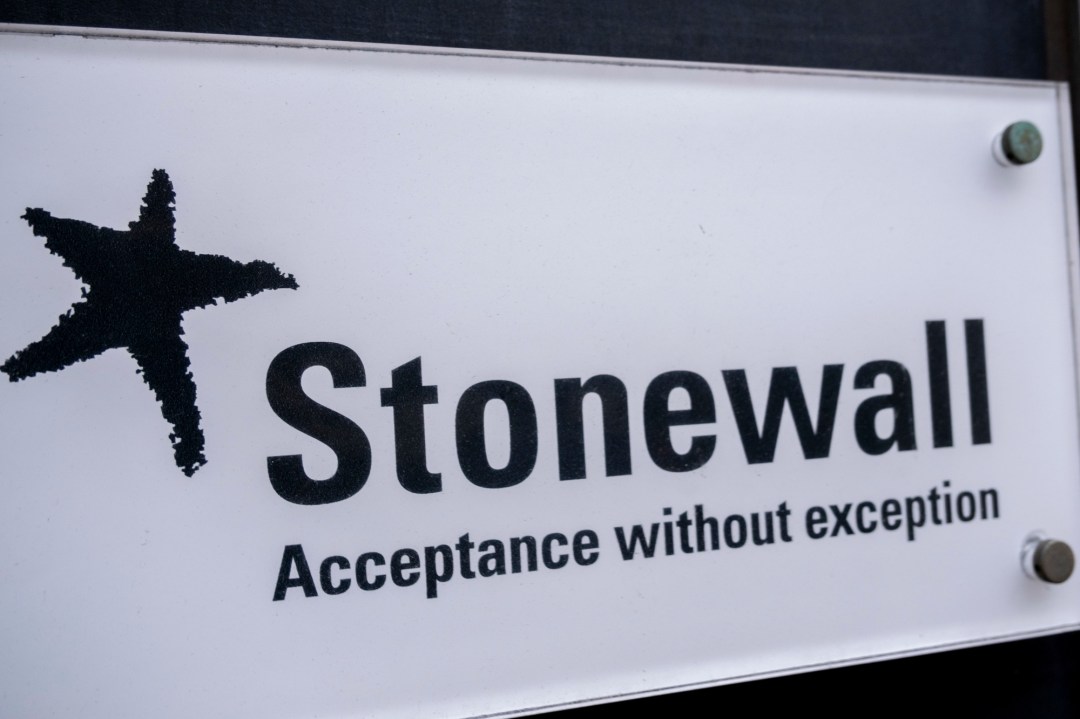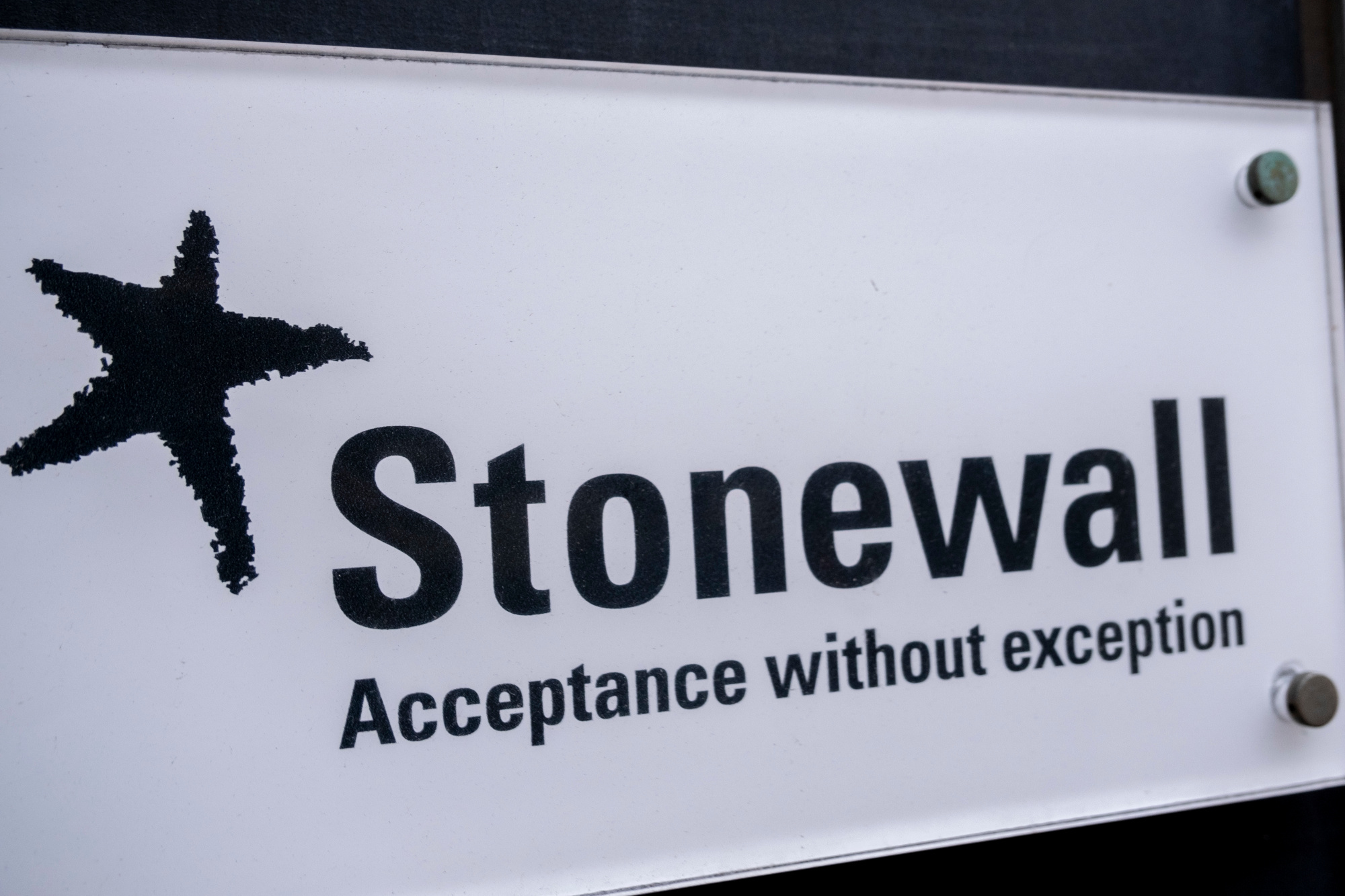According to research commissioned by Stonewall, clerics are conducting one LGBTQ+ exorcism for every two religious wedding ceremony they perform. This shocking finding is the logical conclusion of Stonewall’s ‘Culture Wars and Hate’ survey which found that 10 per cent of LGBTQ+ people in the UK have experienced an exorcism which aimed to change their gender or sexual orientation.
At first glance, this may seem to contradict the government’s National LGBT Survey which found in 2017 that only 2 per cent of LGBT people had undergone conversion practices. Perhaps there has been a recent boom in exorcisms?
Stonewall’s full data set finds that that 8.2 per cent of LGBTQ+ people in the UK have experienced an exorcism in the last five years alone. Given there are 1.5 million LGB+ people in the England and Wales, this implies that UK clergymen are performing gay exorcisms at a rate of 24,600 per year. Is it any wonder then that our time-poor priests could only manage 41,915 religious wedding ceremonies in 2022?
The more you dig into the data, the more remarkable it seems. While most of us remained at home, it seems there was no let-up for exorcists during lockdown. The number of religious wedding ceremonies halved in 2019-2020 compared with 2018-2018, but the Stonewall data reveals no drop in the number of exorcisms over the same period.
According to Simon Blake, the new CEO of Stonewall, ‘These alarming figures shed light on just how common these practices remain.’ Strikingly, Blake appears unaware that Stonewall’s own figures show that LGBT exorcism is a phenomenon which appears to have swept the country in just a few years. Is it possible that Blake has not subjected Stonewall’s data to that most basic of statistical procedures: the smell test?
Is it plausible that 30 per cent of trans people have been exorcised in a country that, until extremely recently, supported an entirely affirmative approach to transgender medicine, and where the police might come knocking if you express the wrong views about gender-identity on social media?
Many people find stats challenging, but at Stonewall it seems to send their heads spinning.
Historically, data on sexuality has been dubious. Most of us will have been told in the playground that 10 per cent of the population is gay, a figure taken on faith by those who also intuitively accept the zombie fact that people only use 10 per cent of their brains. The 10 per cent estimate of the prevalence of homosexuality comes from the Kinsey reports of 1948 and 1953. However, Kinsey did not use random sampling to collect his data, and his sample was significantly biased towards prisoners and male prostitutes, making his population estimates absurdly unreliable. The 2021 England and Wales Census put the LGB+ population at the more modest figure of 3.4 per cent. A less commonly cited ‘statistic’ also uncovered by Kinsey is that 8 per cent of American men had engaged in sexual activity with animals. The Census sadly does not yet ask about bestiality.
Might a biased sample also explain the rate of LGBTQ+ exorcisms found by Stonewall? It is unlikely. Opinium, the polling company commissioned by Stonewall, have attempted to reweight the sample results to better reflect the UK population. While inevitably such reweighting will be imperfect, it is hard to imagine it causing errors of several orders of magnitude.
Another possibility to consider is if the question is so badly worded that respondents may have misunderstood it. This happened in the England and Wales Census when, at Stonewall’s encouragement, the Office for National Statistics asked, ‘Is the gender you identify with the same as your sex registered at birth?’ Understandably, many respondents who couldn’t parse this gobbledegook simply answered ‘No’.
When the Census released its gender-identity data, Nancy Kelley, the then head of Stonewall tweeted that she wanted to ‘run out my front door and shout HELLOOOO!’ because her neighbourhood of Newham was reported to have the highest trans population in the country. Had she done so, the evidence of her own eyes might have given her pause for thought. Approximately half of Newham’s population are immigrants, and a third of the population is Muslim. As a result, Newham has quite a different vibe from stereotypical trans hotspots such as, say, Brighton. Needless to say, the figures were bogus and were subsequently withdrawn as national statistics by the Office for Statistics Regulation.
However, question wording does not seem to be the issue with the exorcism question. You can nitpick about the response categories (they are not mutually exclusive), but the question does mention ‘exorcism’ with clarity. Another potential cause of the results might be ‘satisficing’: the phenomenon in survey where respondents simply tick boxes as quickly as possible to get through a survey. However, why would this make trans respondents four times as likely to say they have been exorcised as other respondents? It is also worth considering if respondents might have been joking. However, approximately 12 per cent of male and female respondents also claimed to have experienced corrective rape – when someone is raped because of their sexual orientation. While this is not remotely plausible, nor is it remotely amusing.
Having eliminated technical deficiencies in the survey, the most likely explanation of Stonewall’s findings seems to be that respondents were either fibbing or fantasising.
Nobody is under oath when they take part in a survey. Since the 2017 National LGBT survey, legislation to ban conversion therapy has been at the top of Stonewall’s political agenda. Some respondents may have felt, quite understandably, that it was more important to give a response that would help promote a ban than give a response that was strictly accurate. The political campaigning of LGBT activists may have fomented a moral panic within their own community. This would explain the dramatic change in reports of conversion therapy over such a short time.
If this conjecture is correct, one would expect the highest rates of exorcisms to be found among the most politically active: specifically, the young, the trans and the metropolitan. The data appear consistent with this theory. For example, 0.5 per cent of those aged 50+ claim to have experienced an exorcism compared to 16 per cent of 18–24-year-olds. The rate of exorcisms in London is double that of the country as a whole.
Given Stonewall’s fall from grace over recent years, few will be surprised to see them promoting bogus statistics. What is more disturbing is that the BBC, who should be striving for impartiality, parroted their research without asking the most basic questions. Stonewall’s statistical illiteracy is not a particularly well-kept secret, and journalists should be aware that sometimes surveys encourage motivated answers. Perhaps BBC bosses should start asking some awkward questions to show their journalists how it is done.








Comments